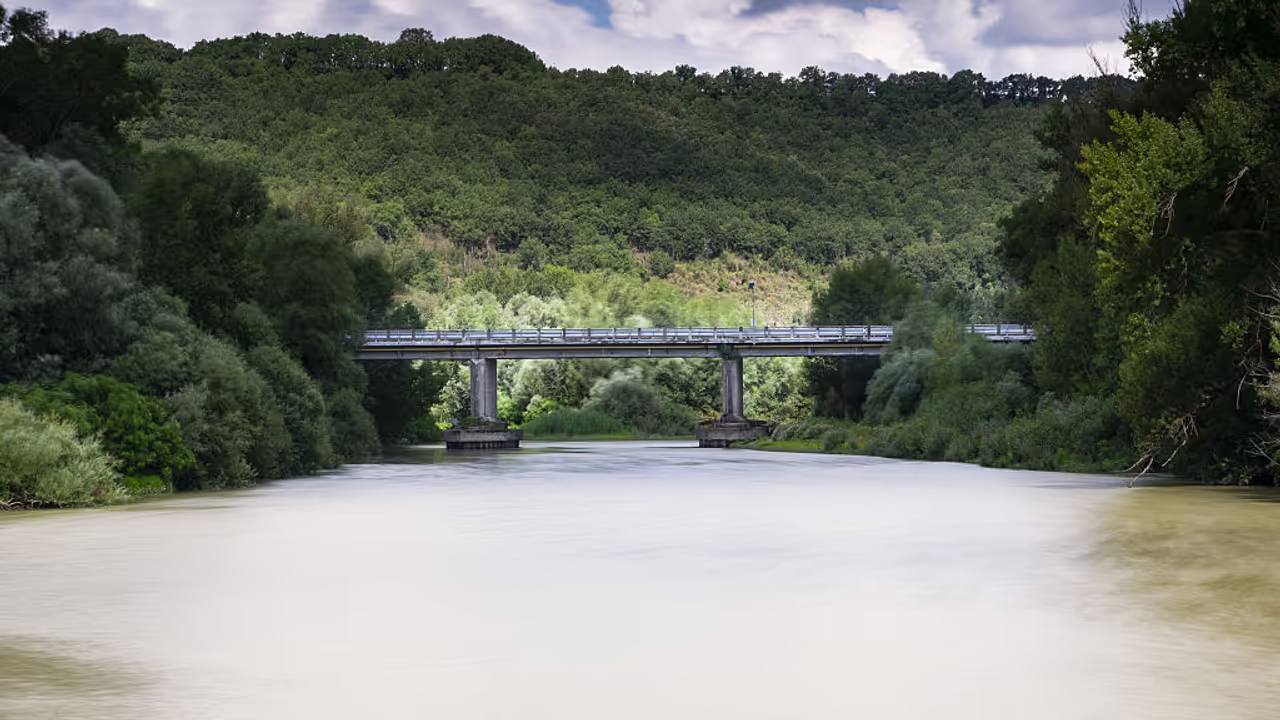Ancient carbon once presumed safely entombed beneath Earth’s surface is now bubbling back into the atmosphere through the world's rivers—challenging long-held assumptions about the global carbon cycle.
In a startling scientific revelation, ancient carbon once presumed safely entombed beneath Earth’s surface is now bubbling back into the atmosphere through the world's rivers—challenging long-held assumptions about the global carbon cycle.

A groundbreaking international study, featured as the cover story in the prestigious journal Nature, has upended climate models by showing that over 60% of the carbon gases emitted by rivers originate not from recent plant decay, but from millennia-old sources—deep soils and weathered bedrock. This unexpected resurgence of "fossil" carbon means Earth’s vegetation may be working far harder than previously understood to balance the planet’s climate ledger.
“The results took us by surprise because it turns out that old carbon stores are leaking out much more into the atmosphere than previous estimates suggested,” said Dr. Josh Dean, lead author and Associate Professor in Biogeochemistry at the University of Bristol. “The implications are potentially huge for our understanding of global carbon emissions.”
Historically, scientists believed that riverine emissions were primarily the byproduct of recent organic matter—leaves, plants, and other debris less than a century old. But this comprehensive study, drawing on data from over 700 river sites across 26 countries, tells a different story. Through radiocarbon dating techniques, researchers measured levels of carbon-14 in river-released CO₂ and methane, revealing a vast share of the emissions stem from carbon stored thousands—even millions—of years ago.
“We discovered that around half of the emissions are young, while the other half are much older, released from deep soil layers and rock weathering that were formed thousands and even millions of years ago,” explained Prof. Bob Hilton, co-author and Professor of Sedimentary Geography at the University of Oxford.
This means plants and upper soil layers may be drawing down around one gigatonne more carbon dioxide each year than previously thought—acting as a hidden buffer in the escalating climate crisis.
Rivers known to emit roughly two gigatonnes of carbon each year
“Our findings show some of this old carbon, as well as ancient carbon from rocks, is leaking sideways into rivers and making its way back to the atmosphere,” Dr. Dean said. “We don't yet know how humans are affecting this flow of ancient carbon, but we do know plants and trees must be taking up more carbon from the atmosphere today to account for this unrecognised release of old carbon.”
Globally, rivers are known to emit roughly two gigatonnes of carbon each year—an amount dwarfed by human-induced emissions, which fall between 10 and 15 gigatonnes annually. Still, the unexpected origin of a majority of these river emissions demands a serious revision of current climate models.
“These river emissions are significant at a global scale, and we're showing that over half of these emissions may be coming from carbon stores we considered relatively stable,” said Dr. Gemma Coxon, Associate Professor in Hydrology at the University of Bristol. “This means we need to re-evaluate these crucial parts of the global carbon cycle.”
Supported by the UK Research and Innovation’s Natural Environment Research Council (UKRI NERC), the research team is now gearing up for further explorations—aiming to map how river carbon emissions vary by geography and how they may have shifted over time.


